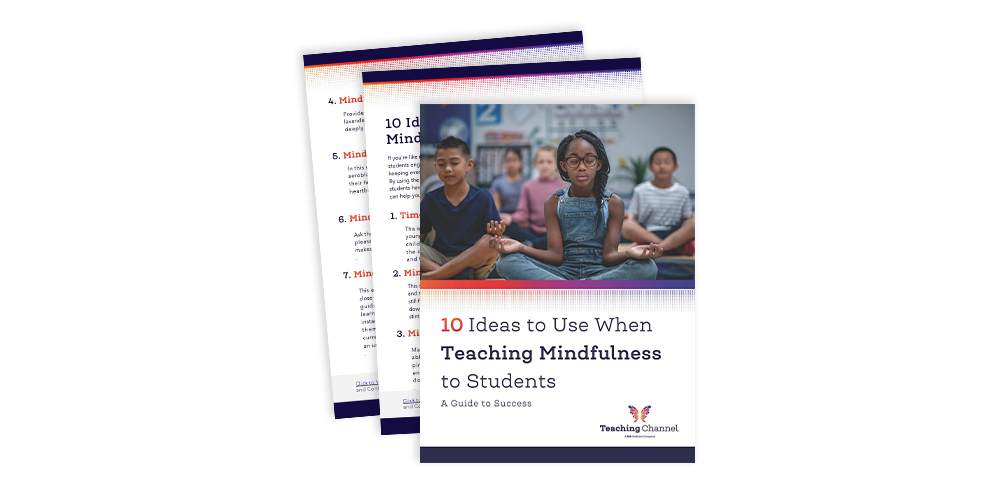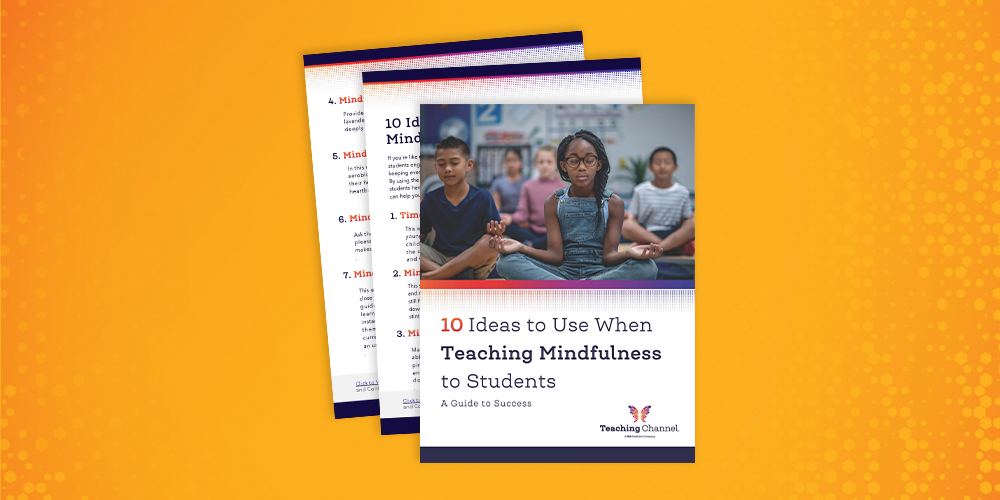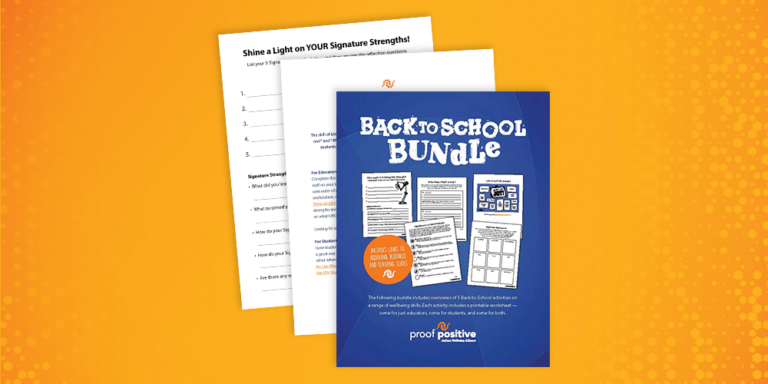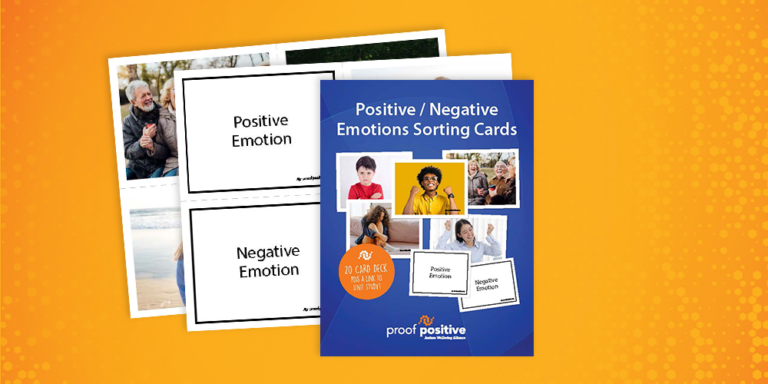If you’re like most K-12 teachers, you’re already familiar with the challenges involved in keeping students engaged and focused in the classroom. Young minds tend to drift and wander, and keeping every student on task is a formidable feat that even the best teachers can struggle with. By using the resources available to help students develop mindfulness, educators may find that students have the tools to stay focused and engaged.
Read on for our top ten ways you can help your students learn the basics of mindfulness, or download these tips as a PDF to keep on hand or share with fellow teachers!

1. Timed Mindful Eating
This is a great exercise for students of all ages, but keep in mind that very young children may struggle a bit if the treats are too tasty to resist. Each child is given a piece of candy and is instructed to close their eyes and hold the candy in their mouth without chewing. Have them focus on the taste and feel of the candy for about three minutes as the candy slowly melts.
2. Mindful Stillness
This strategy works best for helping younger elementary school students calm down and regroup. Ask each child to find a comfortable place to sit in the classroom and be still for a specified period of time, while creating a more serene experience by turning down the lights and playing soothing music. Begin doing “regroup time” for 2-minute stints, and gradually add more time each day.
3. Mindful Breathing with a Pinwheel
Many children succeed best with mindful breathing exercises when they are able to engage with something visual. Providing each child with a pinwheel to focus on while practicing breathing exercises keeps them engaged and aware, This is a great exercise for getting children to settle down after lunch or recess.
4. Mindful Aromatherapy
Provide each child with a spring of an aromatic herb such as rosemary, lavender, mint, thyme, or oregano. Have them close their eyes and breathe deeply while concentrating only on the scent of the object.
5. Mindful Heartbeat Exercises
In this exercise, prompt the children to do jumping jacks or another aerobic exercise for one minute, then sit down and put their hands over their hearts. Ask the children to close their eyes and focus on their heartbeats while taking deep breaths.
6. Mindful Bell Ringing
Ask the children to close their eyes, and then ring a bell that produces a clear, pleasant sound. Ask the children to listen closely to the sound the bell makes and to raise their hands when they don’t hear it anymore.
7. Mindful Guided Imagery
This exercise is easily modified to appeal to all ages. Ask the students to close their eyes while you take them through a mental journey using guided imagery — as an added bonus, you can incorporate classroom learning into this by using imagery related to the current subject of study. For instance, if your elementary students are learning about rainforests, take them on a visual journey along the Amazon. If marine biology is the current focus of your high school class, guide the students through an undersea adventure.
8. Mindful Movement
This is another mindful exercise that’s appropriate for all ages and can be modified to meet the abilities of all grade levels. Simple yoga poses are a natural fit for mindful movement exercises, and you don’t have to be a yoga expert yourself in order to make this work — yoga pose cards are an excellent resource for those with limited familiarity. Have students spread out around the classroom, and take 10-15 minutes to walk them through simple, mindful yoga poses.
9. Mindful Alternate Nostril Breathing
This one works best for middle school and high school students because it focuses on the breathing itself rather than using an external prop such as a colorful pinwheel. Using alternate nostril techniques is a great way to introduce beginners to the benefits of breathwork, particularly when it comes to alleviating test anxiety or pre-sports competition jitters. Implement this in your classroom by setting aside a few minutes before the beginning of a test to help students relax and focus.
10. Mindfulness by Touch
Students of all ages can benefit from sensory activities designed to promote mindfulness. One of the most popular activities has students holding a ball of clay in their hands while keeping their eyes closed. Then they concentrate on the way the clay feels as it warms in the hands, and is molded into different shapes.
Being introduced to various techniques designed to promote mindfulness helps equip children with the essential tools they need to succeed in academic, professional, and personal arenas. It has benefits for teachers, too! Learn more about how you can harness the power of mindfulness for a more balanced and focused classroom community in one of Teaching Channel’s mindfulness-focused continuing education courses.






